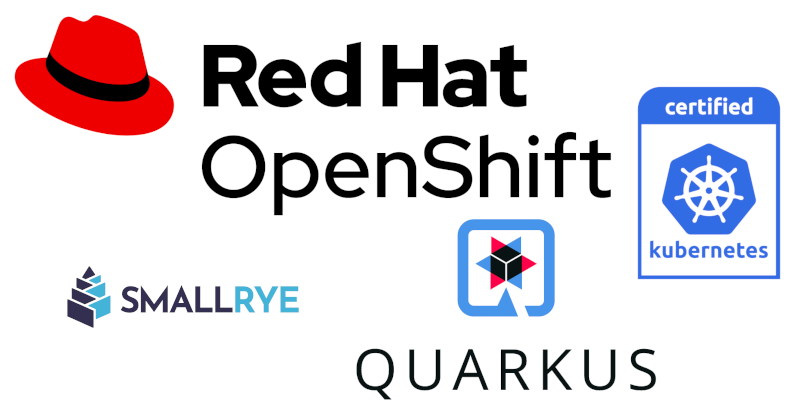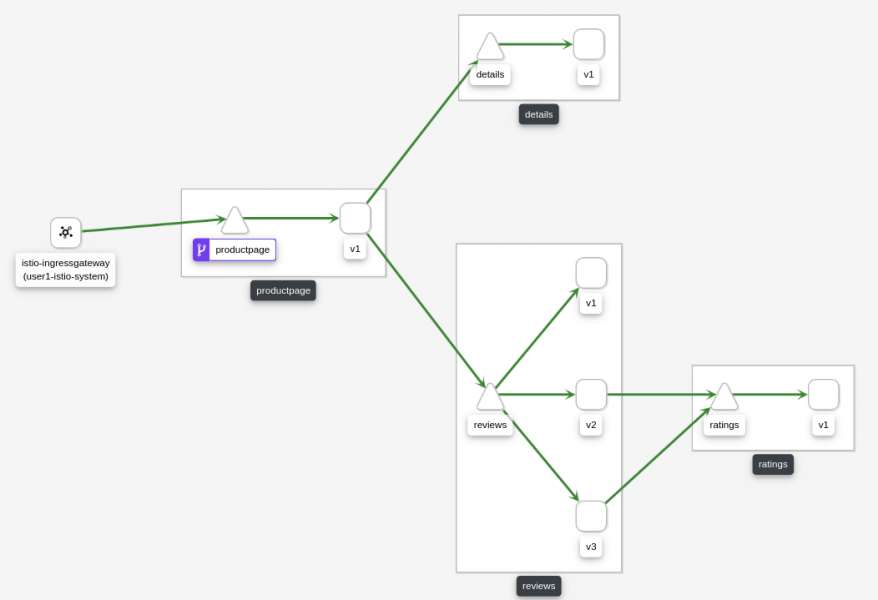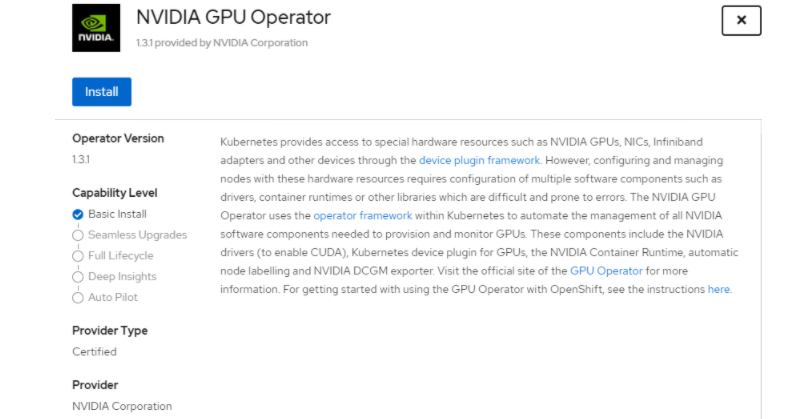Traditionally application development and deployment across environments has been very tedious and error prone. For example in the Java world you would work with different packaging formats such as ears, wars and jars each with environment specific configuration usually dispersed all over the place. Then your app might behave differently on each operating system due […]







